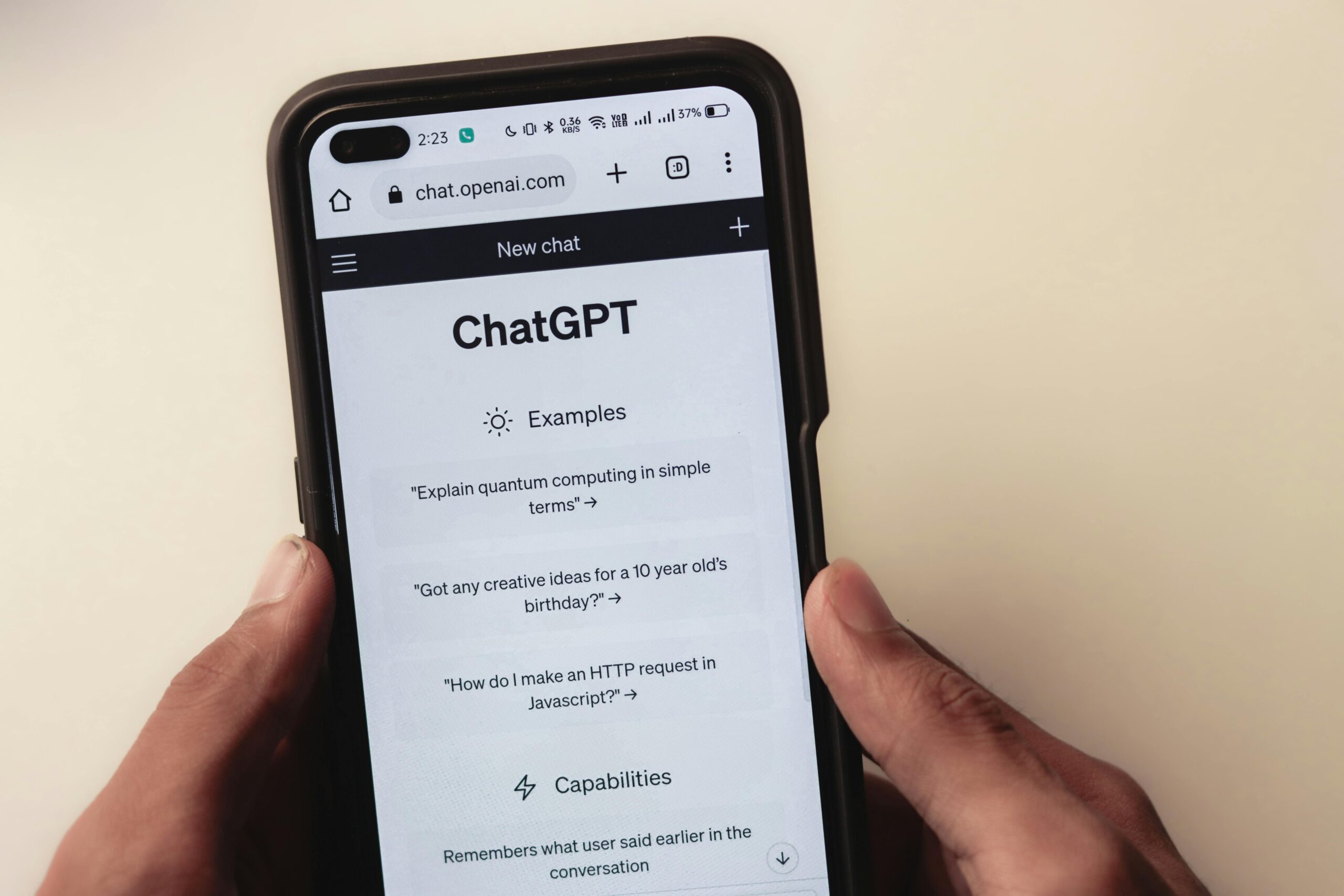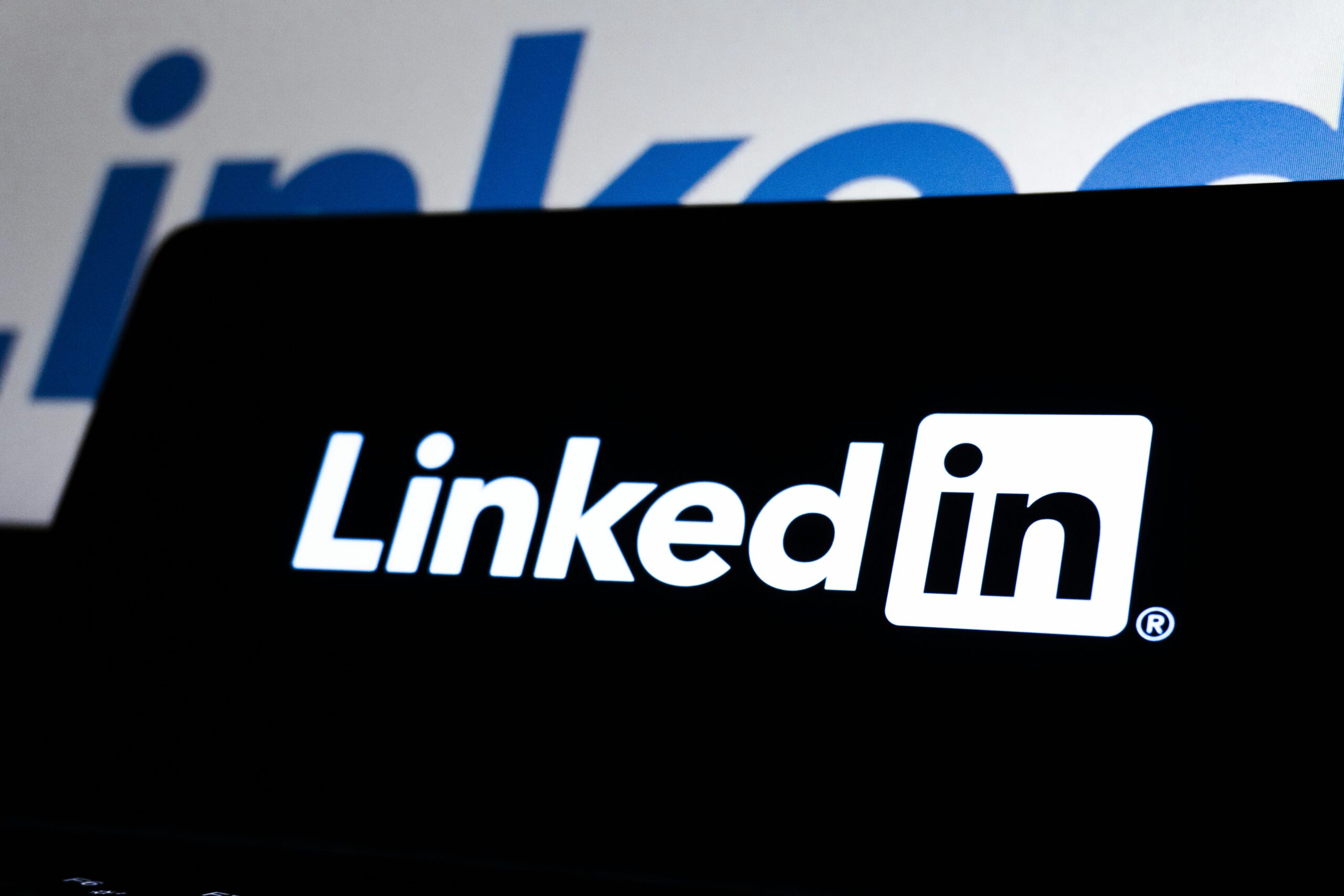The Secret to MedTech Early Adoption? It Starts with Problem Awareness.
Most MedTech startups think early adoption happens after launch.
Reality check: It starts long before that.
The smartest MedTech companies build early adoption by creating problem-awareness campaigns before the product ever hits the market or receives regulatory approval.
Why?
Because if your audience doesn’t know the problem exists—or they don’t feel the pain strongly
enough—they’re not going to line up for your solution.Your job isn’t just to market your product.
It’s to market the problem first.

What Is a Problem-Awareness Campaign? (And Why It Matters)
A problem-awareness campaign is a marketing strategy that focuses on:
- Educating your target audience about a real problem they’re facing
- Highlighting the risks, inefficiencies, or missed opportunities if it’s not addressed or unmet
- Positioning your brand as the trusted guide who understands the problem better than anyone
Before they care about your device, your tech, or your clinical outcomes…
They have to care about the problem.
Otherwise, you’re just another vendor pushing another product into an already noisy space.
How Problem-Awareness Drives Early Adoption in MedTech
Let’s say you’re developing a new surgical tool.
If surgeons don’t realize that their current approach wastes 20 minutes per procedure (and costs $X in OR time per year)…
They’re not losing sleep over it.
They’re not actively searching for a solution.
But if you start a problem awareness campaign that shows:
- Data around OR inefficiencies
- Hidden costs of outdated tools
- Surgeon burnout from inefficient workflows
Now they’re listening.
Now they’re aware.
Now they’re primed for a solution.
And guess whose solution they’ll be ready to hear about?
Yours.

5 Steps to Launching a Problem-Awareness Campaign That Actually Works
1. Get Specific About the Problem
Focus on one sharp pain point.
(Not “inefficient surgery” — but “surgeons losing 20 minutes per procedure and costing hospitals $1.2M annually.”)
2. Back It Up with Proof
Use studies, white papers, stats, and even early anecdotal or published evidence to validate the problem.
(And always cite trusted sources—especially in MedTech.)
3. Create Educational Content
Think blogs, LinkedIn posts and newsletters, mini-webinars, infographics.
Focus on ‘problem awareness’ educating—not selling.
4. Tell Real Stories
Highlight patient stories, key opinion leader struggles, administrator frustrations.
Make the pain human and relatable.
5. Build a Funnel
Create downloadable resources (free guides, checklists, whitepapers) around the problem, not the product. Capture emails and start building your future customer base now.
Real-World Example: How MedTech Problem-Awareness Wins
Before Intuitive Surgical sold thousands of robotic systems…
they sold the problem:
- Surgeon fatigue and inefficiency with open and laparoscopic surgery techniques
- Inconsistent and poor surgical outcomes and the “cost” of complications
- Longer recovery times and bigger incisions for patients
The robot was the solution, yes.
But first, they made sure surgeons and hospital administrators felt the pain of not solving the problem.
That’s the blueprint.
A more recent example came from one of our Marketing On-Demand clients at Tribe Agency 👇🏻
Much like Intuitive, they were entering a new surgical approach market in robotics. They were awaiting FDA approval and were careful about not overselling their solution to avoid potentially interrupting the approval process. So, they focused all of their content marketing efforts on building “problem awareness” in their niche.
- Their Results:
- Overnight audience (1,000+ subscribers in one week) for their new Linkedin newsletter
- Established credibility in a new market as a key voice in this space through social media and strategic conferences
- Primed their audience and continued to build SEO traffic to their website on the keywords they want to be associated with through monthly blogs and press releases
- What happened next: They received FDA approval!
Now they have an established and primed market for their newly approved solution and commercialization efforts. Well done.
- Overnight audience (1,000+ subscribers in one week) for their new Linkedin newsletter

What Happens If You Skip Problem Awareness?
If you go straight to marketing your product without building problem awareness:
- You spend more on ads—and get fewer results
- Your sales cycles get painfully long
- Your audience sees you as “just another vendor”
- You lose early adopter momentum to someone else who positioned better
Early adoption doesn’t happen by accident.
It happens by design.
Need Help Crafting Your Early Adoption Strategy?
At Tribe Agency, we help MedTech startups design marketing campaigns that:
- Build problem awareness
- Establish brand authority
- Prime audiences for product adoption
- Reduce post-launch and commercialization friction
You don’t have to wait until FDA approval to start winning trust.
✅ Explore our Marketing On-Demand Solutions →
✅ Grab our Free Marketing Automation Playbook →

Final Thoughts
When your product is ready, you shouldn’t be introducing yourself for the first time.
You should already be the trusted voice in the room.
Start early.
Start smart.
Start with the problem.
Tune Into More MedTech Growth Strategies
Want more tactical strategies you can actually use?
Subscribe to the Leadr Podcast for branding, marketing, and growth insights made specifically for MedTech startups.🎙️ Listen to Leadr Podcast
Watch our latest episode, with best selling Author, Dr. Travis Bradberry – pioneer of Emotional Intelligence (selling over 5M copies of his previous book, Emotional Intelligence 2.0) and now launching his new book, “The New Emotional Intelligence“. It’s a must read – watch the episode today 👇🏻





























































Read the Comments +